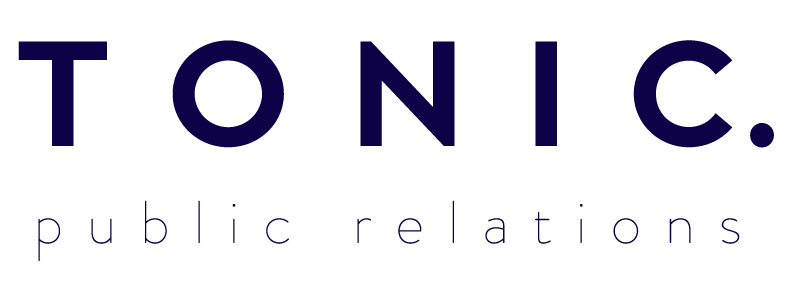How the Australian media landscape has changed and the long-term impact of Covid-19 on the PR industry.
For those in PR and communications, it’s no secret how much the media landscape has changed in the last five years, let alone four months.
The June 2020 merger of Australian publishing giants Bauer Media and Pacific Magazines saw titles such as OK, Elle and Harper’s Bazaar shut down or suspended and, sadly, many journalists made redundant. News Corp stopped print editions of over 100 titles and 14 of them won’t be returning at all. That’s more than 500 job losses. Advertising revenues have plummeted and it’s surely only a matter of time before even more publications close in a bid to cut costs.
Add to that the not-going-away-anytime-soon explosion of Instagram influencers, digital media, and brands and businesses investing heavily in their content marketing. The media industry has become a very different beast in many ways.
What does this mean for those of us working in PR?
Traditional media relations is tougher, and we need to be even more strategic to succeed for our clients with the limited editorial space remaining. The already fast-paced, typically under-resourced newsrooms and editorial offices are moving even faster and leaner. We need to add genuine value to stories through data, expert opinions, case studies and stand out visuals delivered efficiently. Online, it’s about eyeballs and creating a story that will fly off the page and into social media feeds.
Whilst relationships still matter and the ability to craft a good story is still the key to many successful PR campaigns, its where and how the story is placed that has changed. PR pros must accept that there are now other, and often more effective, ways to reach audiences. Placing a news story is not enough anymore, especially when a short video on TikTok (yes, TikTok) regularly garners more viewers than a prime slot on Channel 10. Media coverage must be supplemented with integrated campaigns to include tactics such as content marketing, social media, paid advertising, and influencer marketing to make up for the decreasing opportunities. Our black book of contacts isn’t just journos now, it’s full of influencers too. We are content creators and must find ways to directly engage with consumers, rather than solely relying on the media to pass the message on.
There is more emphasis on measurement now too. The savviest clients will look beyond press clippings, AVE and circulation. They want to see Google Analytics, online listening tools, website traffic, conversions, affiliate marketing and more. As a PR agency we are under pressure to prove the value and impact that our work is making more than ever.
As the media landscape continues to evolve, so too does the role of a PR pro. Only those of us that are agile and continue to adapt with the digital world will survive!
As life begins to return to normal, the PR industry is finding its new normal post-pandemic.

